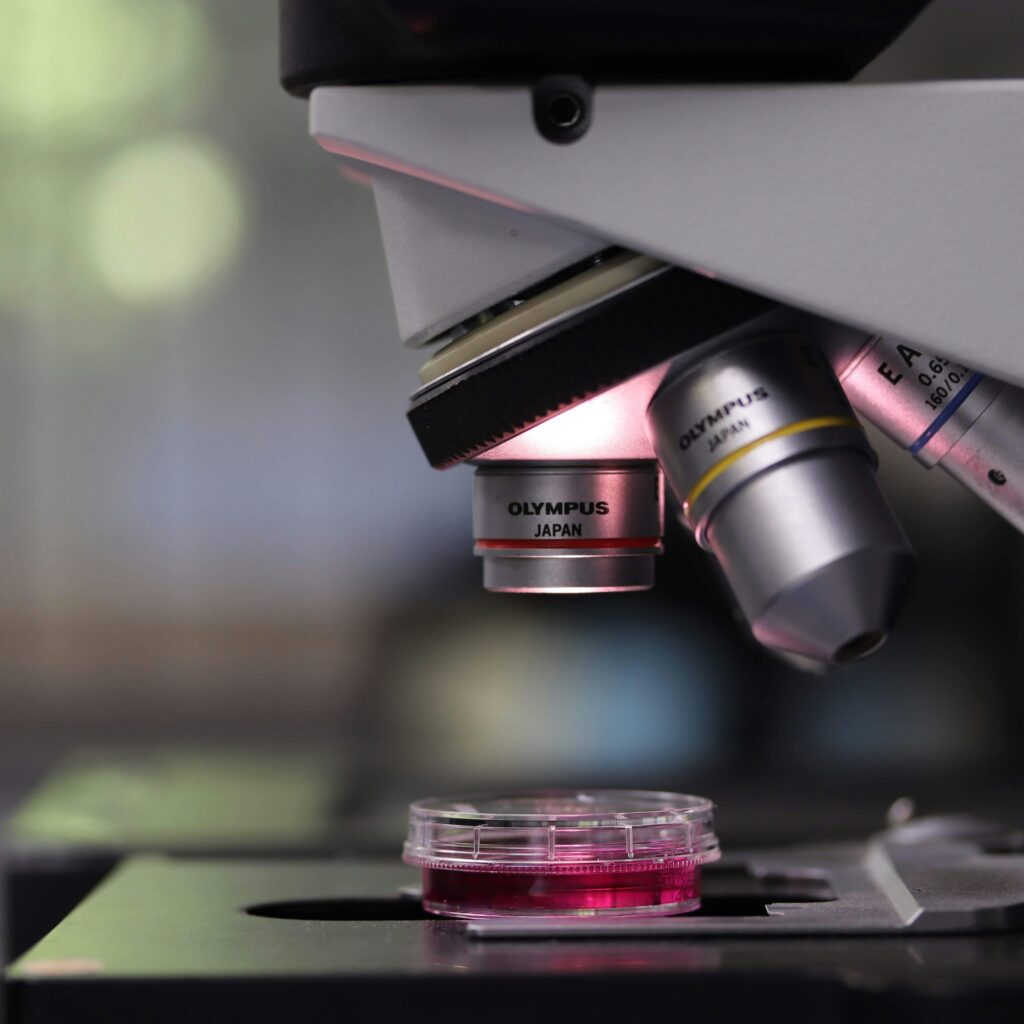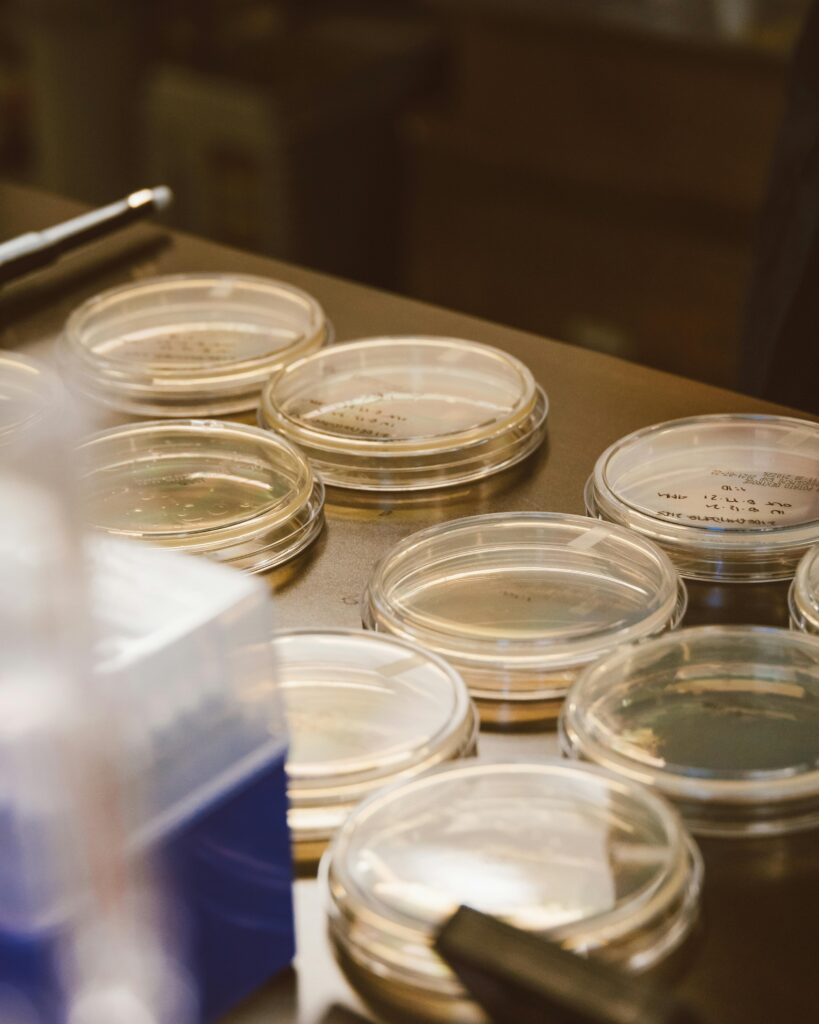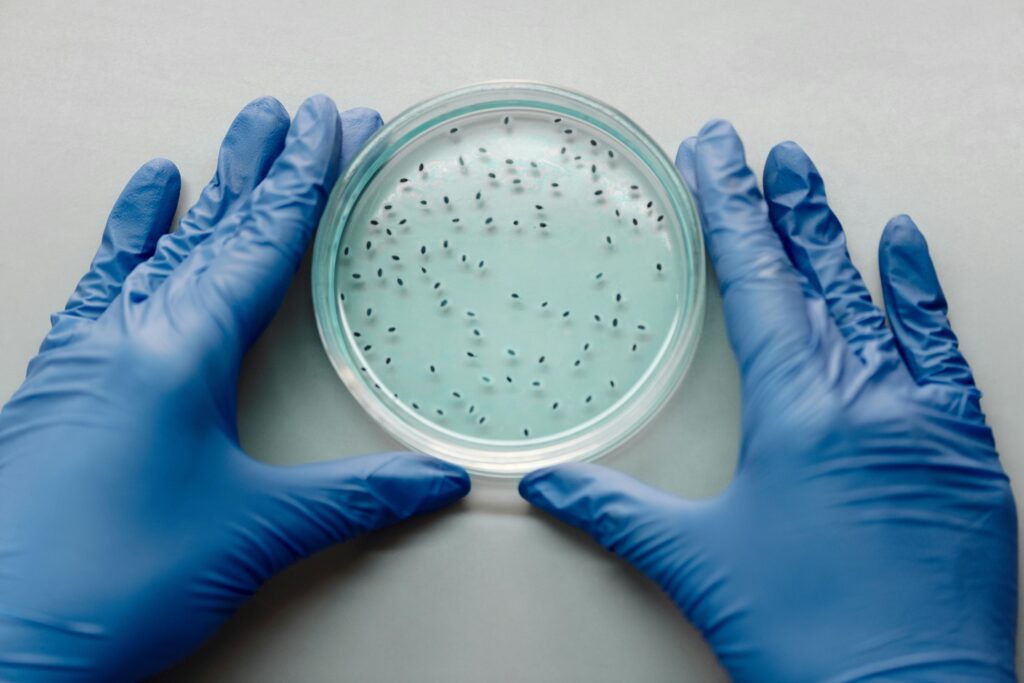Prokaryotic vs. Eukaryotic Cells: Understanding the Building Blocks of Life

Cells are the fundamental units of life, but not all cells are created equal. The world of biology is divided into two major types of cells: prokaryotic and eukaryotic. Though both types serve as the foundation of living organisms, they differ significantly in structure and function. In this blog, we’ll dive into the fascinating world of prokaryotic and eukaryotic cells, exploring their differences, similarities, and roles in the web of life.
What Are Prokaryotic and Eukaryotic Cells?
At a basic level, cells can be categorized based on whether or not they contain a nucleus. Prokaryotic cells are simpler and lack a defined nucleus, while eukaryotic cells are more complex and house their genetic material within a membrane-bound nucleus.
Prokaryotic Cells: Simple Yet Efficient
Prokaryotic cells are the most ancient and primitive types of cells. These cells are typically found in unicellular organisms such as bacteria and archaea.
Key Features of Prokaryotic Cells:
- No Nucleus: The genetic material (DNA) is not enclosed within a nucleus but instead floats freely in a region called the nucleoid.
- Simple Structure: They lack membrane-bound organelles like mitochondria, Golgi apparatus, or endoplasmic reticulum.
- Smaller Size: Prokaryotic cells are generally smaller in size, ranging from 0.1 to 5 micrometers.
- Cell Wall: Many prokaryotes have a rigid cell wall that offers protection and structural support.
- Reproduction: They reproduce quickly through a simple process called binary fission, where the cell divides into two identical daughter cells.
- Examples: Bacteria like E. coli and Streptococcus are well-known examples of prokaryotic cells.
Functions and Adaptability:
Despite their simplicity, prokaryotic cells are highly efficient and adaptable. They thrive in a wide range of environments, from the deep ocean to hot springs. Their ability to evolve quickly makes them incredibly successful at surviving harsh conditions, which is one reason why bacteria are found everywhere on Earth.

Eukaryotic Cells: Complexity at Its Best
Eukaryotic cells are found in more complex organisms, including plants, animals, fungi, and protists. These cells have a more elaborate structure, allowing for specialized functions that support multicellular life.
Key Features of Eukaryotic Cells:
- Nucleus: The defining characteristic of eukaryotic cells is the presence of a well-defined, membrane-bound nucleus that contains the cell’s genetic material (DNA).
- Membrane-Bound Organelles: These cells are packed with specialized organelles such as:
- Mitochondria (the powerhouse of the cell).
- Endoplasmic Reticulum (smooth and rough, for protein and lipid synthesis).
- Golgi Apparatus (for packaging and distributing proteins).
- Lysosomes (for waste disposal).
- Chloroplasts (in plant cells, for photosynthesis).
- Larger Size: Eukaryotic cells are generally larger, ranging from 10 to 100 micrometers.
- Cytoskeleton: A complex network of fibers that provide structural support, shape, and movement.
- Reproduction: Eukaryotic cells reproduce via mitosis (for growth and repair) or meiosis (for sexual reproduction).
Examples of Eukaryotic Cells:
- Animal Cells: These cells lack a cell wall but have centrioles and lysosomes.
- Plant Cells: They have a rigid cell wall, large central vacuole, and chloroplasts for photosynthesis.
- Fungi Cells: Similar to plant cells but lack chloroplasts, and their cell walls are made of chitin.
Functions and Specialization:
The complexity of eukaryotic cells allows for specialization, enabling the development of tissues, organs, and organ systems in multicellular organisms. This specialization is what allows plants to photosynthesize, animals to move, and fungi to decompose organic matter.
Key Differences Between Prokaryotic and Eukaryotic Cells:
| Feature | Prokaryotic Cells | Eukaryotic Cells |
|---|---|---|
| Nucleus | Absent | Present |
| Organelles | No membrane-bound organelles | Membrane-bound organelles present |
| Size | Smaller (0.1-5 micrometers) | Larger (10-100 micrometers) |
| Complexity | Simple structure | Complex structure |
| Reproduction | Binary fission | Mitosis and meiosis |
| Examples | Bacteria, Archaea | Plants, Animals, Fungi, Protists |
Similarities Between Prokaryotic and Eukaryotic Cells:
- Cell Membrane: Both cell types have a plasma membrane that controls the movement of substances in and out of the cell.
- Genetic Material: Both have DNA as their genetic material, though its organization differs.
- Cytoplasm: The cell contents are suspended in a fluid matrix called cytoplasm in both types.
- Ribosomes: Both types of cells contain ribosomes for protein synthesis, although eukaryotic ribosomes are larger and more complex.

Conclusion:
The discovery of prokaryotic and eukaryotic cells has shaped our understanding of life’s diversity and complexity. While prokaryotic cells excel in simplicity and adaptability, eukaryotic cells offer complexity and specialization, allowing for the development of intricate life forms. Both types of cells, though different, showcase the ingenuity of life’s building blocks. Whether you’re observing bacteria under a microscope or marveling at the intricate organs of animals, it all starts with the cell.